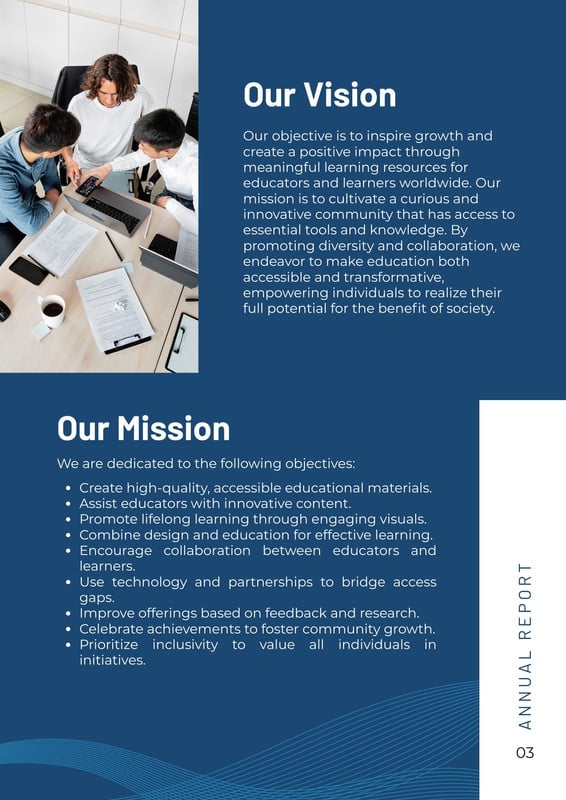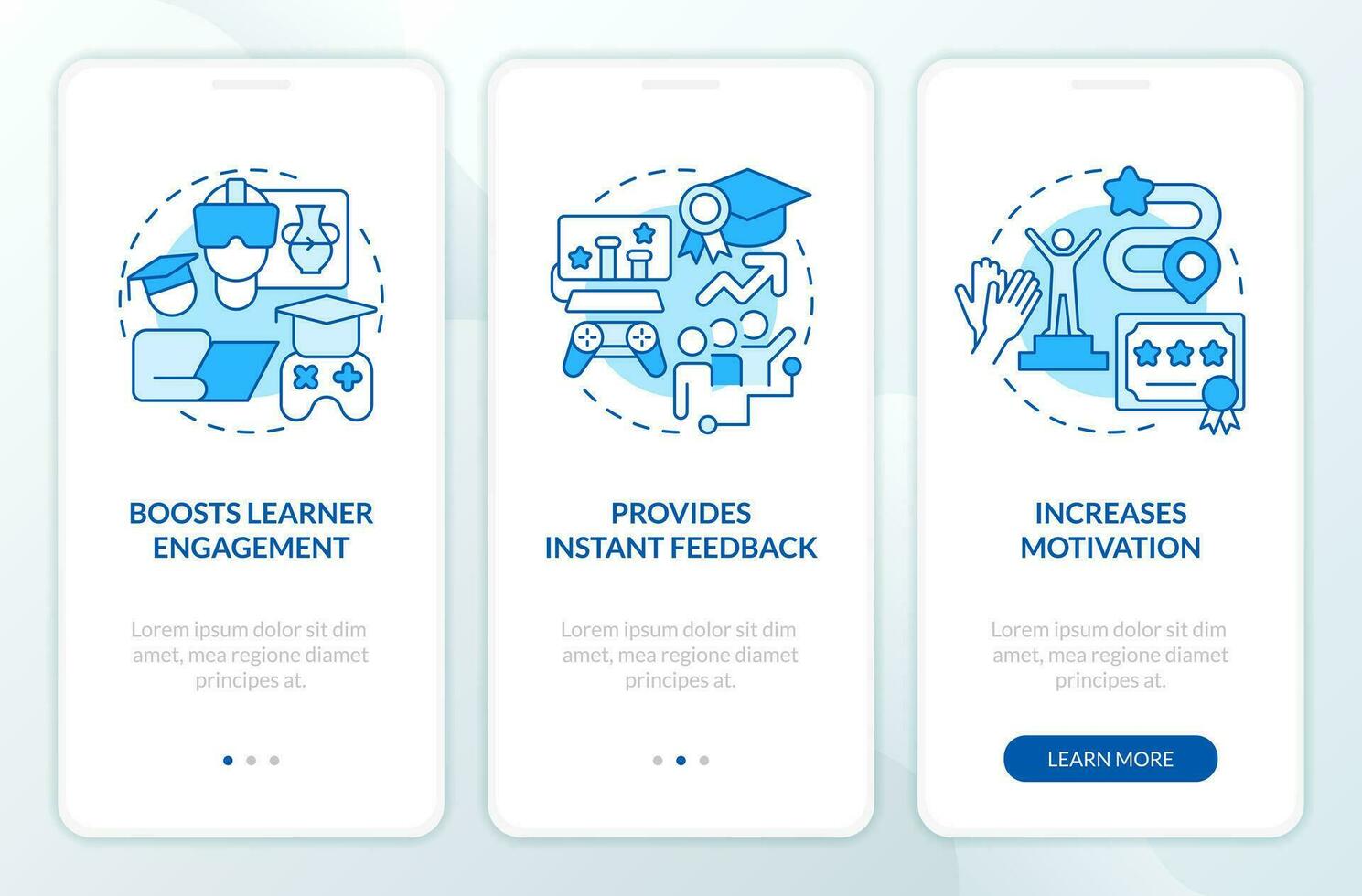Curriculum Alignment Best Practices: Coherence and Consistency Guide


- Clearly defined learning objectives
- Instructional activities that support objectives
- Assessments that measure objective attainment
- Alignment with relevant educational standards
- Coherent and consistent content progression
Component | Description | Role in Alignment |
|---|---|---|
Learning Objectives | Statements of what students should know or be able to do. | Provide the foundation for all other curriculum components. |
Instructional Activities | The methods and materials used to teach the content. | Support students in achieving the learning objectives. |
Assessments | Tools used to measure student understanding and progress. | Measure how well students have met the learning objectives. |
Educational Standards | Benchmarks that define what students should know at each grade level. | Provide a framework for curriculum development and evaluation. |
Component | Description | Role in Alignment |
|---|---|---|
Learning Objectives | Statements of what students should know or be able to do. | Provide the foundation for all other curriculum components. |
Instructional Activities | The methods and materials used to teach the content. | Support students in achieving the learning objectives. |
Assessments | Tools used to measure student understanding and progress. | Measure how well students have met the learning objectives. |
Educational Standards | Benchmarks that define what students should know at each grade level. | Provide a framework for curriculum development and evaluation. |
- Curriculum Mapping: Visual representation of curriculum components.
- Standards-Based Alignment: Comparing curriculum to educational standards.
- Data Analysis: Examining student performance data.
- Gap Analysis: Identifying missing content or skills.
- Rubric Analysis: Evaluating alignment of assessment criteria.
Assessment Method | Description | Benefits |
|---|---|---|
Curriculum Mapping | Creating visual representations of the curriculum. | Identifies gaps, redundancies, and misalignment. |
Standards-Based Review | Comparing curriculum to relevant educational standards. | Ensures compliance with standards and promotes coherence. |
Rubric Analysis | Evaluating the alignment of assessment rubrics with learning objectives. | Provides clear criteria for evaluating student work and alignment. |
Data Analysis | Analyzing student performance data to identify areas of weakness. | Offers insights into the effectiveness of curriculum alignment. |
Assessment Method | Description | Benefits |
|---|---|---|
Curriculum Mapping | Creating visual representations of the curriculum. | Identifies gaps, redundancies, and misalignment. |
Standards-Based Review | Comparing curriculum to relevant educational standards. | Ensures compliance with standards and promotes coherence. |
Rubric Analysis | Evaluating the alignment of assessment rubrics with learning objectives. | Provides clear criteria for evaluating student work and alignment. |
Data Analysis | Analyzing student performance data to identify areas of weakness. | Offers insights into the effectiveness of curriculum alignment. |
- Clearly define SMART learning objectives.
- Use backward design to plan instruction and assessment.
- Select instructional materials that support learning objectives.
- Design assessments that measure objective attainment.
- Use a common framework for curriculum development.
Strategy | Description | Benefits |
|---|---|---|
Backward Design | Starting with desired outcomes and working backward to plan instruction. | Ensures alignment with learning objectives. |
SMART Objectives | Defining objectives that are Specific, Measurable, Achievable, Relevant, and Time-bound. | Provides clear targets for instruction and assessment. |
Common Frameworks | Using established models like UbD or the 5E model. | Provides a structured approach to curriculum development. |
Collaborative Planning | Involving multiple stakeholders in the curriculum design process. | Ensures diverse perspectives and buy-in. |
Strategy | Description | Benefits |
|---|---|---|
Backward Design | Starting with desired outcomes and working backward to plan instruction. | Ensures alignment with learning objectives. |
SMART Objectives | Defining objectives that are Specific, Measurable, Achievable, Relevant, and Time-bound. | Provides clear targets for instruction and assessment. |
Common Frameworks | Using established models like UbD or the 5E model. | Provides a structured approach to curriculum development. |
Collaborative Planning | Involving multiple stakeholders in the curriculum design process. | Ensures diverse perspectives and buy-in. |

- Develop a curriculum map across grade levels (vertical).
- Ensure consistent learning experiences within a grade (horizontal).
- Collaborate with teachers to align teaching practices.
- Share instructional resources and assessments.
- Regularly review and revise the curriculum map.
Alignment Type | Description | Strategies |
|---|---|---|
Vertical Alignment | Coherence of curriculum across grade levels. | Develop a curriculum map, identify gaps, ensure progression. |
Horizontal Alignment | Consistency of curriculum within a grade level. | Collaborate with teachers, share resources, align teaching practices. |
Assessment Alignment | Ensuring assessments measure the same learning objectives across classrooms. | Use common assessments, rubrics, and scoring guides. |
Resource Alignment | Providing consistent instructional materials and resources. | Create a shared resource library, align textbook selections. |
Alignment Type | Description | Strategies |
|---|---|---|
Vertical Alignment | Coherence of curriculum across grade levels. | Develop a curriculum map, identify gaps, ensure progression. |
Horizontal Alignment | Consistency of curriculum within a grade level. | Collaborate with teachers, share resources, align teaching practices. |
Assessment Alignment | Ensuring assessments measure the same learning objectives across classrooms. | Use common assessments, rubrics, and scoring guides. |
Resource Alignment | Providing consistent instructional materials and resources. | Create a shared resource library, align textbook selections. |
- Curriculum Management Systems (CMS)
- Data Analytics Platforms
- Online Assessment Platforms
- Digital Curriculum Mapping Tools
- Learning Management Systems (LMS)
Tool/Technology | Description | Benefits |
|---|---|---|
Curriculum Management Systems (CMS) | Centralized repository for curriculum documents. | Streamlines curriculum mapping, tracks alignment, identifies gaps. |
Data Analytics Platforms | Analyzes student performance data. | Identifies patterns of strength and weakness, informs curriculum revisions. |
Online Assessment Platforms | Provides real-time feedback on student learning. | Helps educators adjust teaching, measures objective attainment. |
Digital Curriculum Mapping Tools | Facilitates the creation of visual curriculum maps. | Identifies gaps, redundancies, and misalignments effectively. |
Tool/Technology | Description | Benefits |
|---|---|---|
Curriculum Management Systems (CMS) | Centralized repository for curriculum documents. | Streamlines curriculum mapping, tracks alignment, identifies gaps. |
Data Analytics Platforms | Analyzes student performance data. | Identifies patterns of strength and weakness, informs curriculum revisions. |
Online Assessment Platforms | Provides real-time feedback on student learning. | Helps educators adjust teaching, measures objective attainment. |
Digital Curriculum Mapping Tools | Facilitates the creation of visual curriculum maps. | Identifies gaps, redundancies, and misalignments effectively. |








